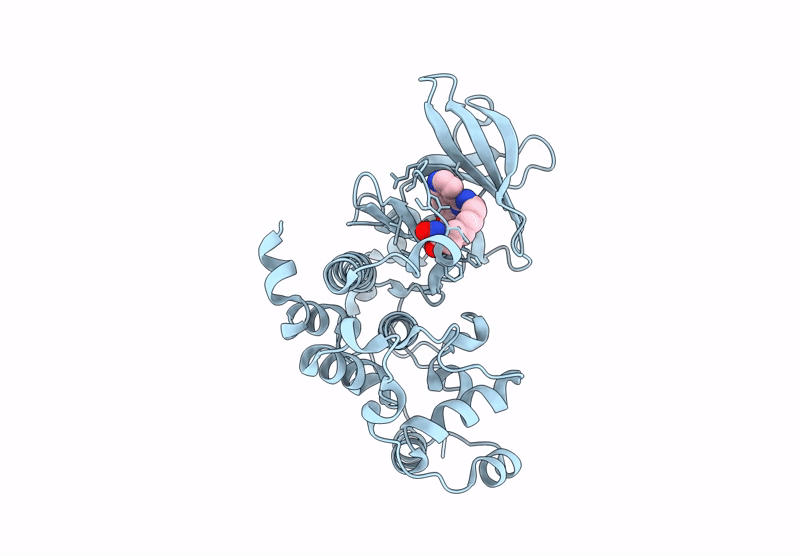
Deposition Date
2024-08-02
Release Date
2025-07-30
Last Version Date
2025-07-30
Entry Detail
PDB ID:
9GCW
Keywords:
Title:
Crystal structure of protein kinase CK2 catalytic subunit (csnk2a1 gene product) in complex with the dual CK2/HDAC inhibitor IOR-160
Biological Source:
Source Organism:
Homo sapiens (Taxon ID: 9606)
Host Organism:
Method Details:
Experimental Method:
Resolution:
1.86 Å
R-Value Free:
0.23
R-Value Work:
0.18
R-Value Observed:
0.18
Space Group:
P 43 21 2


